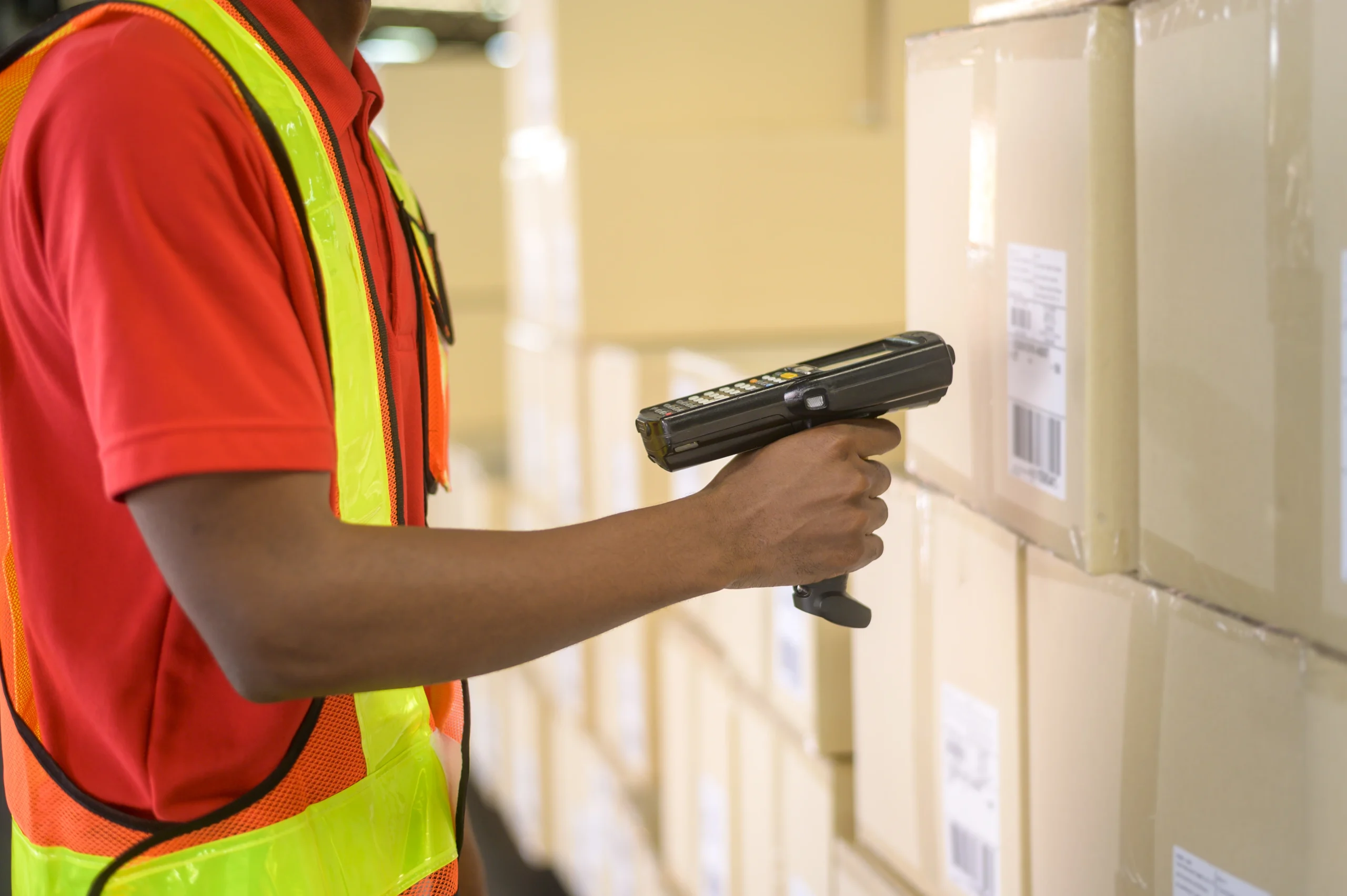Throughout logistics, transport and warehouse management, the ability to maintain a comprehensive overview of all moving parts is paramount.
Asset tracking has emerged as essential technology, empowering businesses to enhance efficiency, slash costs, and maintain environmental sustainability.
By meticulously monitoring the location and status of crucial items – from transport equipment and storage units to reusable packaging – companies are unlocking unprecedented levels of operational control and inventory optimisation.
Why the asset tracking market is booming
The global asset tracking market is experiencing significant growth, with its value projected to surge from £13.48billion in 2020 to an estimated £28.59 billion by 2025, according to some market analyses.
This expansion is largely driven by the adoption of technologies such as GPS, RFID (Radio Frequency Identification), and the Internet of Things (IoT).
These systems provide real-time data on the entire lifecycle of an asset as it passes through a supply chain, offering invaluable insights for logistics planning and execution.
For instance, the meticulous real-time tracking of items like plastic totes, roll cages, and pallets is critical in preventing loss and ensuring they remain in circulation, directly impacting a business’ bottom line, while reducing wastage.
Research indicates that companies can reduce asset loss by up to 15% through effective tracking systems.
Reducing waste across the supply chain for a more sustainable future
A primary driver for the widespread adoption of asset tracking is its significant contribution to environmental sustainability.
By facilitating the return and reuse of assets, companies can drastically cut down on wastage, such single-use packaging, a major source of industrial waste.
This shift towards a circular economy not only minimises a company’s environmental footprint but also resonates with a growing consumer base that prioritises eco-friendly business practices.
The implementation of returnable transport packaging programs, powered by asset tracking, has been shown to divert massive amounts of plastic and cardboard from landfills.
Driving efficiency and accountability
The integration of sophisticated asset tracking systems also revolutionises daily logistics workflows.
Equipping drivers with mobile devices and applications that facilitate the scanning and recording of assets at every point of delivery ensures a high degree of accuracy and accountability.
This digital approach allows for the immediate identification and resolution of discrepancies, significantly reducing the margin for error.
Furthermore, the data generated by these systems offers a granular view of the supply chain, enabling businesses to pinpoint inefficiencies and optimise routes, which can lead to substantial reductions in fuel consumption and associated emissions.
Conclusion
In conclusion, asset tracking is no longer just an operational tool but a recommended form of investment for any forward-thinking logistics or supply chain entities.
It delivers a powerful combination of reduced operational expenditure, heightened efficiency, and a demonstrable commitment to environmental care.
For further reading on the topic, read our What is Asset Tracking? article.



